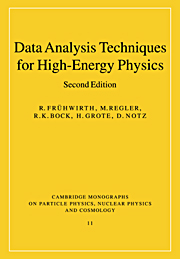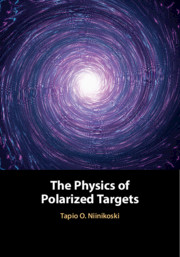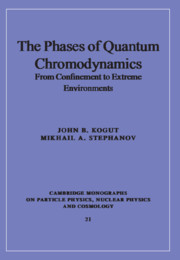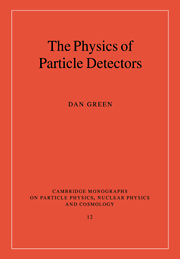Data Analysis Techniques for High-Energy Physics
Now thoroughly revised and up-dated, this book describes techniques for handling and analysing data obtained from high-energy and nuclear physics experiments. The observation of particle interactions involves the analysis of large and complex data samples. Beginning with a chapter on real-time data triggering and filtering, the book describes methods of selecting the relevant events from a sometimes huge background. The use of pattern recognition techniques to group the huge number of measurements into physically meaningful objects like particle tracks or showers is then examined and the track and vertex fitting methods necessary to extract the maximum amount of information from the available measurements are explained. The final chapter describes tools and methods which are useful to the experimenter in the physical interpretation and in the presentation of the results. This indispensable guide will appeal to graduate students, researchers and computer and electronic engineers involved with experimental physics.
- Genuinely thoroughly revised and up-dated; out of date material from 1st edition has been removed, many applications and examples replaced by more recent ones
- Unique in compiling advanced methods from all steps in the data analysis, from electronic techniques to sophisticated statistical algorithms
- Presents the experimenter with a collection of field-proven techniques to prevent him/her from 're-inventing the wheel', illustrated with numerous real-life examples
Product details
August 2000Paperback
9780521635486
412 pages
248 × 177 × 27 mm
0.81kg
143 b/w illus. 10 tables
Available
Table of Contents
- Preface
- Abbreviations
- Symbols
- Intoduction
- 1. Real-time data triggering and filtering
- 2. Pattern recognition
- 3. Track and vertex fitting
- 4. Tools and concepts for data analysis
- References
- Index.






